I’m a huge fan of the compact camera. Firstly, I think they allow the photographer to go largely unnoticed, and even when noticed to not be taken too seriously – this eases the interaction between subject and photographer. But there’s also a whole host of other reasons as to why a photographer may lean towards the compact.
Lately my personal reason for using 35mm or smaller sized compacts has been my bad back and neck pain. But even as a youth I saw their virtue. I favored my Nikon FE2 or even when necessary my EM over my larger and heavier F3 or F4, and despite liking the handling of the Leica R3 or R7 better than that of the R4, I’ll use the R4 because of it’s more compact size. I value the compact quality in a camera system nearly as much as I value the handling when it comes to my day to day use. But function must be first. With film systems, as this website often illustrates, there are a wide variety of wonderful options. But this isn’t so with digital compacts. We as photographers know that if a camera is compact but awful to work with and produces a poor image, then it’s no good. With digital compacts this seems to be often the case.
I’ve used dozens of compacts, including most of the cult favorites like the Ricoh GR’s, they all had some glaring issue I couldn’t overlook. I’ve long wanted a digital compact I could always keep with me, in the Jeep, a coat pocket or even as a back up, that could offer me good quality results without too many sacrifices. My hope when I got my hands on the Leica D-Lux (typ 109) was that it would be a winner. But I had my doubts.
Such a digital camera was seemingly non-existent, and there was another question that had come to mind while I searched for my digital compact holy grail, was there really any need for a compact digital camera when I could do so much with my iPhone?
Panasonic vs. Leica
Before I get into this, I think it’s worth noting there is a Panasonic version of this camera called the LX100. Depending on who you ask, is the same thing just minus the little red dot. One thing is for sure, the Panasonic model is considerably less expensive. I bought the Leica version because it’s what my dealer could get, and because it came with Lightroom for free. But in almost every regard the Panasonic version is the same camera and can be had for much less.
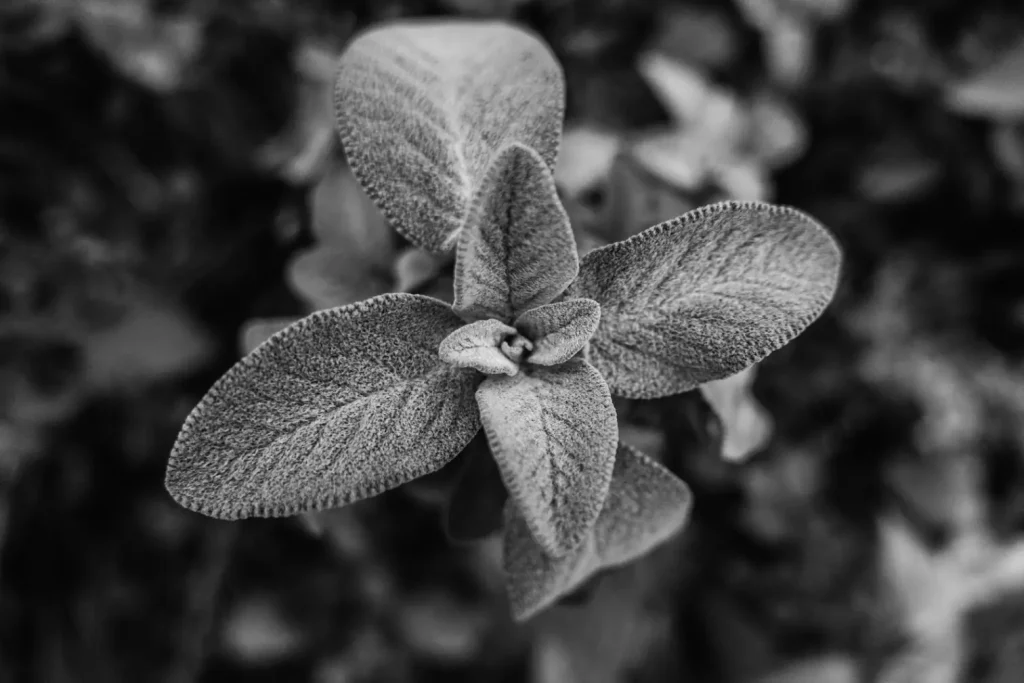
Why the Leica D-Lux?
The D-Lux isn’t the most recent camera with a compact profile, with many newer options having larger sensors. The Leica D-Lux doesn’t even use it’s full almost-17mp Micro 4/3rd’s scale sensor – it only uses an area of this large sensor between 11-12+mp depending on the aspect ratio you’re shooting in (more on that later).
So to the question, why the D-Lux? Well, for a start, the D-Lux, is a true compact – it is only about the same size as one of my compact film camera of choice, the Olympus 35RC. It’s true that there are a good many other similar sized compacts in the same price range as the D-Lux – in fact many are quite a bit less – however, it’s my view that the D-Lux exceeds most, if not all other compacts in it’s class. The main reasons for me taking this stance come down to a few headline features:
The lens – which retracts neatly – covers every focal length from 24-75mm. The camera also features an option to quickly switch between them to the next prime length – 24, 28, 35, 50, 70 and 75.
It also has a built-in EVF (something the much praised Ricoh GR is lacking) and bright, crisp back screen that can be clearly seen during the day.
On top of these key features, it offers some fairly advanced function too. This includes manual focus, manual aperture control, a real shutter speed dial, exposure compensation dial (yes another real dial!), a flash that comes in the package and seems to actually work pretty well, and numerous other functions that make this a very serious compact.
But, having tested some feature loaded cameras, both film and digital, that were nothing but frustrating and produced dreadful results I know that all these features don’t mean much if the user experience and results aren’t satisfactory.
Fortunately, this isn’t the case with the Leica D-lux (typ 109). In fact, I have found the combination of features, size and quality a near perfect match to my needs.
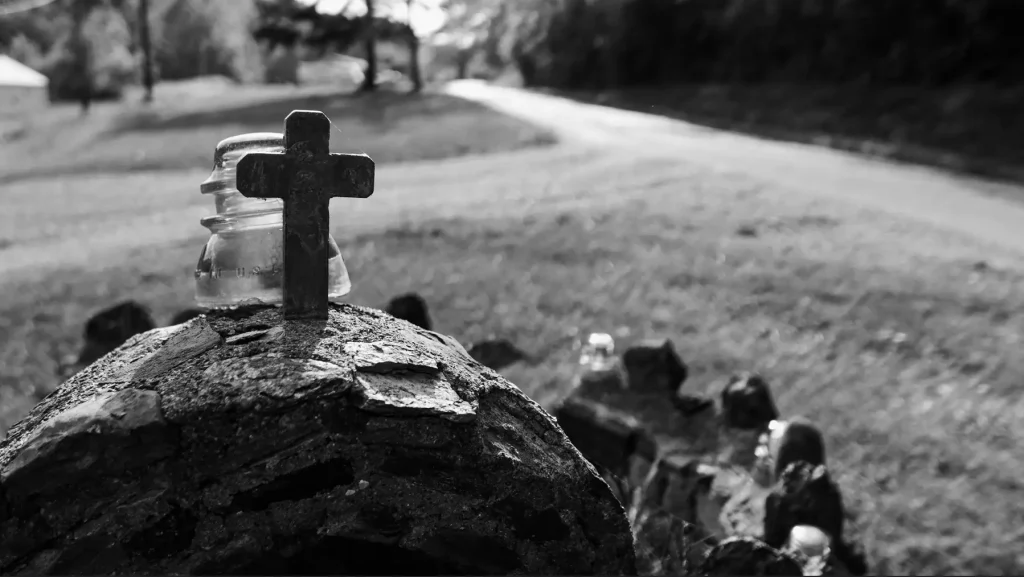
Sensor and aspect ratios…
The Leica D-Lux (typ 109) has relatively low resolution compared to many comparable cameras. This means it has larger than average pixels. I have found this to aid in it capturing more detail and light than any other 11-12MP sensor I’ve found in a compact digital camera, giving raw files that have plenty of scope for adjustment in post.
A RAW photo taken in the 16:9 ratio comes out to about 4480 × 2520 in size. In theory, this should allow for large prints, but to make sure the quality translated from screen to print, I have had several large (11 x 14 or larger) prints made and they (as they should) look even better on paper than screen!
Aspect ratios
The sensor in the D-Lux, is a odd thing to try and explain. Normally your camera has a sensor of certain size with a certain resolution, but in the case of the micro 4/3rds sized sensor in the D-Lux, the camera only uses a section of the almost 17mp sensor at a time. As I understand it, some of the primary reasoning for this to keep the focal length the same across all aspect ratios. A key feature of the D-Lux, there is a slider that changes the aspect ratio right on top of the lens barrel – it gives options to shoot in 3:2, 16:9, 1:1 and 4:3 ratios (shooting 24-35mm in 16:9 is a blast).
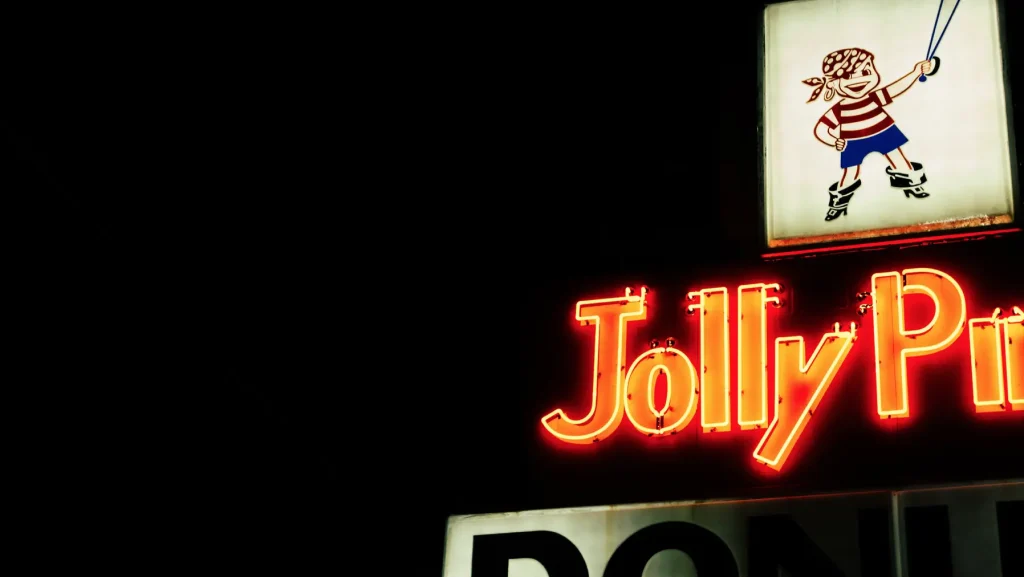

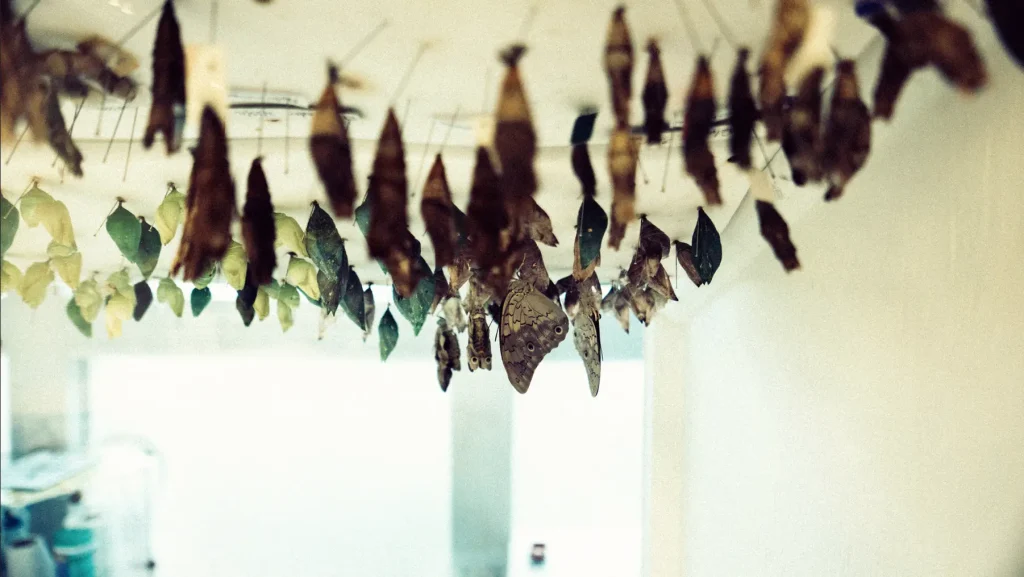
Optics
The D-Lux features the Leica DC Vario-Summilux 24-75mm (35mm eq), f1.7-2.8 ASPH lens, the same lens is used on the Panasonic version. And what a lens it is! It’s sharp and suffers from minimal distortions and aberrations.
Below is an image taken in RAW format, without any post sharpening, and a crop to show detail captured by the incredible glass joined with the unique sensor.
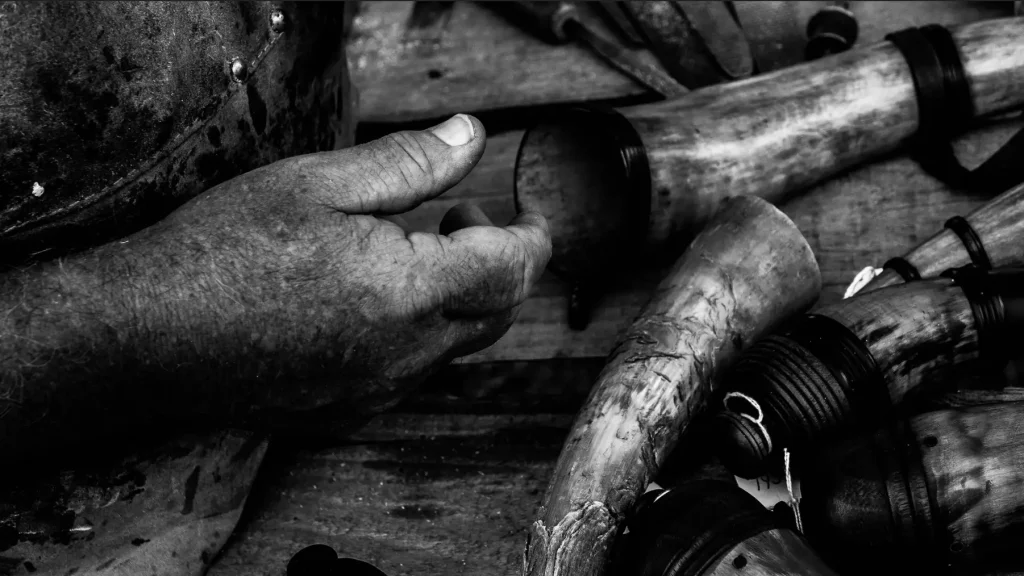
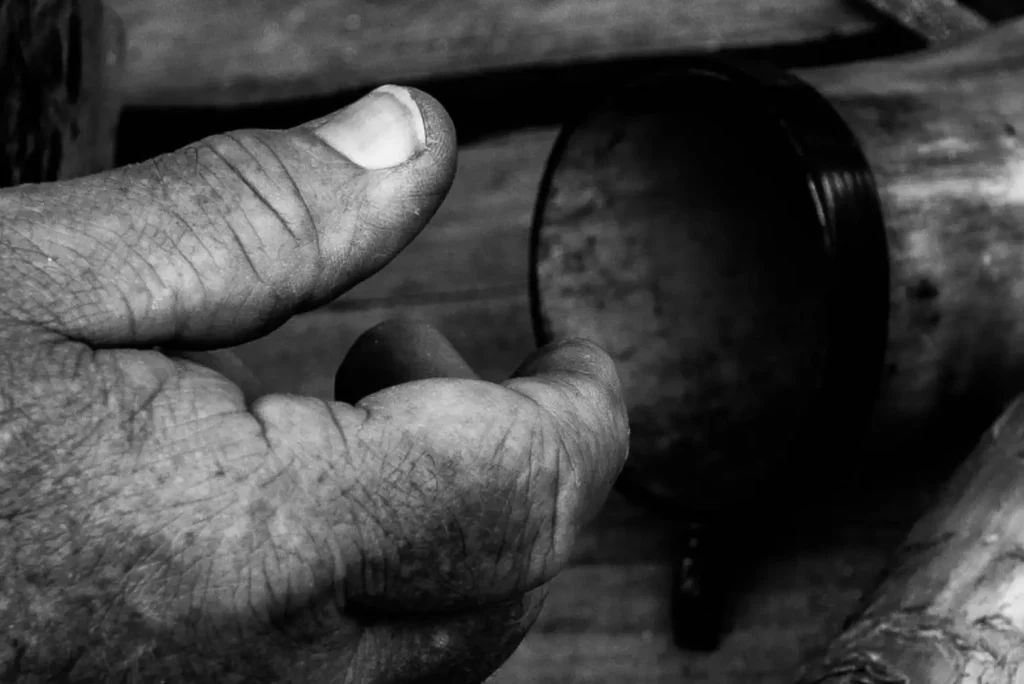
The Rundown
Rather than go into great detail about each and every feature and function of the camera, here is a little bullet point synopsis with some tech and geek data:
Lens
• Fast and very sharp Vario-Summilux 24-75mm f/1.7 lens. Focus is clear and sharp across all focal lengths and clean at the edges.
• Free zoom length adjustment from 24-75mm or stepping in prime lengths at 24-28-35-50-70 and 75mm lengths. Lens moves a little slow through the focal lengths, but it’s still faster then changing glass and digging through 6 lenses in your bag.
EVF
• Fantastic adjustable EVF which it’s bright, clear and sharp as a tack. You can also turn on the B&W EVF function which changes all displays to B&W. According to Leica, this is supposed to allow you to get better results when focussing manually. I personally didn’t notice any increased ease in focusing or operation while shooting in BW.
Macro
• Macro focussing min distance of about 2 inches, auto focussing min range of 4-5 inches. Auto focus has a hard time sometimes getting it right when you’re close sometimes and you’ll have to go manual to get really close. You also lose min distance as you zoom in.
Flash
• There is an included accesory flash – with effective tested range of around 8-10 feet max without fill loss. The flash metering is fantastic. 9/10 shots were right where they should be. Downside to using the flash is it doesn’t work in silent mode, meaning you have to make a little more noise and that annoying little AF light starts blinking.
Silent mode
• Silent mode which mutes everything, including the silly sounds and the little focus light. Makes the camera much more discreet.
Controls
• Fully manual controls including: focus and aperture control on the lens, and exposure comp and shutter speed dials right by the shutter release.
• Exposure compensation dial and exposure preview in the EVF and on the display. Exposure preview slows down the refresh rate on the EVF, but you can turn this feature off all together or just have the preview display when you slightly tap the shutter release.
• Controls are mostly kept to a minimum and except for the few on the back I bumped now and then because the camera is so compact, they’re all placed well. They include a special record button for video, a EVF control, a control ring on the back with four clickable built in buttons, and the standard buttons on the back for trash, playback etc.
• Two sliding switches on the lens barrel, one for changing the aspect ratio and one for switch between near and far AF zones (only necessary for AF macro shooting) and one for MF.
• Adjustable buttons: You can change the function and controls of almost every dial, knob and ring on the camera to best shoot the way you use a camera and functions you’ll use the most. You can even change the function on the zoom control and focus and aperture rings.
• You can control nearly every feature of the camera while shooting and without having to go through the menu. All controls are easy to learn and get a feel for. It feels much like a camera should feel.
Handling & Size
• Thumb pad for better handling. Unlike the Panasonic variant there isn’t a built-in grip. Personal I like as it keeps the size and weight down, but it does make the rubber thumb grip more necessary as this camera small size and smooth finish can be harder to hang to.
• Solid construction, it’s milled out of a single block of aluminium and feels incredibly well built.
• Nothing about the D-Lux feels cheap or like a toy.
• The lens folds down inside the small about 2 inch external lens barrel, making it small enough for a jacket or large pants pocket.
Power
• Great battery life. I took around 700 photos before it dropped into the red. This was without the flash and I turned features little the AF lamp off. You have a couple options to change power consumption settings, including the ability to choose power saving over performance, but even choosing performance I got great results with the battery life. Much better then say, a X-Pro 1, X-E2, but not as good as an X-Pro 2 or SL.
• Decent power up time at just under 2 secs.
Files
• JPEGs are clean and perform very well and are nearly lossless right up to ISO 800. They don’t handle editing that well, but that’s normal.
• RAW files are fantastic and working on them produced good results.
• Both RAW and JPEG files can be recorded side by side without a notable loss in performance.
• Multiples presets for JPEGs including modes like Toy, Dynamic B&W, B&W, Sepia etc. Some of these are quite nice, though I wasn’t impressed by most of them. The Dynamic B&W produced some pretty good results and you can shoot these in JPEG while still recording the RAW file. It’s very easy to flip between these without even bringing down the camera from your eye.
Video
• Shoots 4k video, which from what little I played with it, was nice and very clear. Comparing it to the DJI P4 drone footage, it looked very good and much the same. Sound pick up is also decent, even with some background noise and you can attach the correct external mic if you wish.
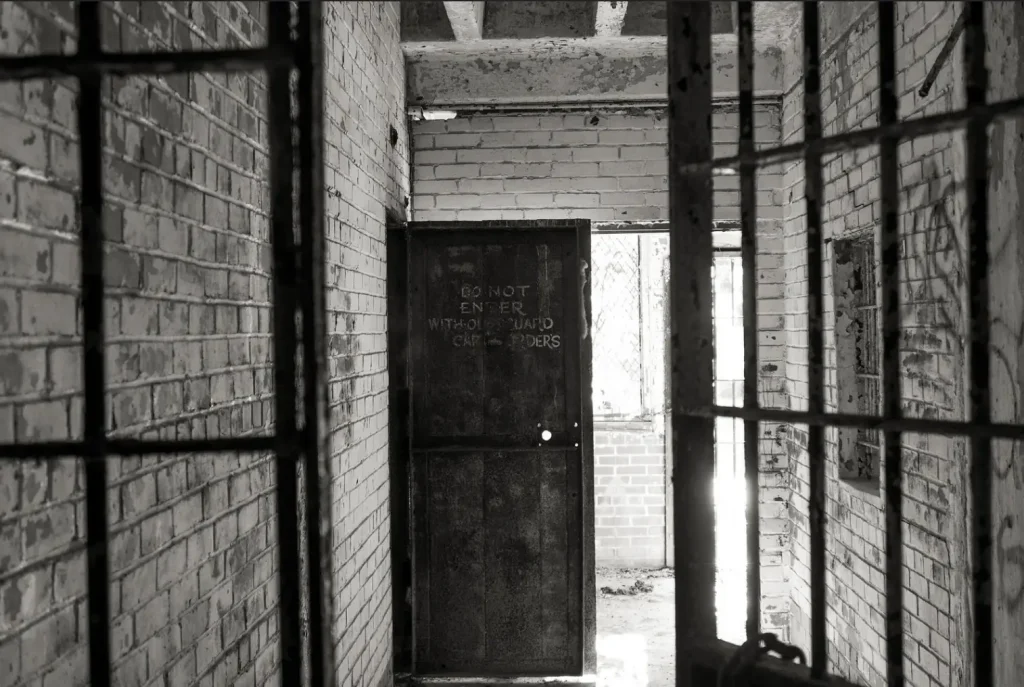
Is a digital compact even necessary or relevant anymore?
In this age of camera-phones and increasingly capable (and compact!) mirrorless cameras, some might say that it’s hard to come up with a reason why a digital compact is needed, maybe even harder to justify a high end one such as the Leica D-Lux (typ 109). With billboards 3-6 stories tall of iPhone photography, what could a digital compact offer that my iPhone can’t? This is the question I found myself asking while testing the Leica D-lux (typ 109).
So, are the images out of the D-Lux better then the ones out of the iPhone? Yes. Without a doubt. This is due in large part just to the size of the sensor. No matter how clear and sharp those camera-phone taken photos may be on that HD screen in the palm of your hand, they’re still being recorded on a comparatively tiny sensor which is very limiting on the potential quality of the image, and that’s before we have even thought about the lack of depth of field control a camera phone provides.
For me, an iPhone, Android or whatever, is never going to compare to a real camera in my hands. Is the D-Lux perfect? No. Honestly, it is starting to show it’s age in some ways, but it’s combination of size and handling, combined with its feature set and quality do give it niche advantages that a a camera phone just can’t touch
If you’re the type of person taking the time to read this, then chances are you see the benefits of having a great compact in your pocket. Especially one that has specs like the Leica D-Lux. Shooting a camera like this is simply a lot more fun than shooting with my phone.
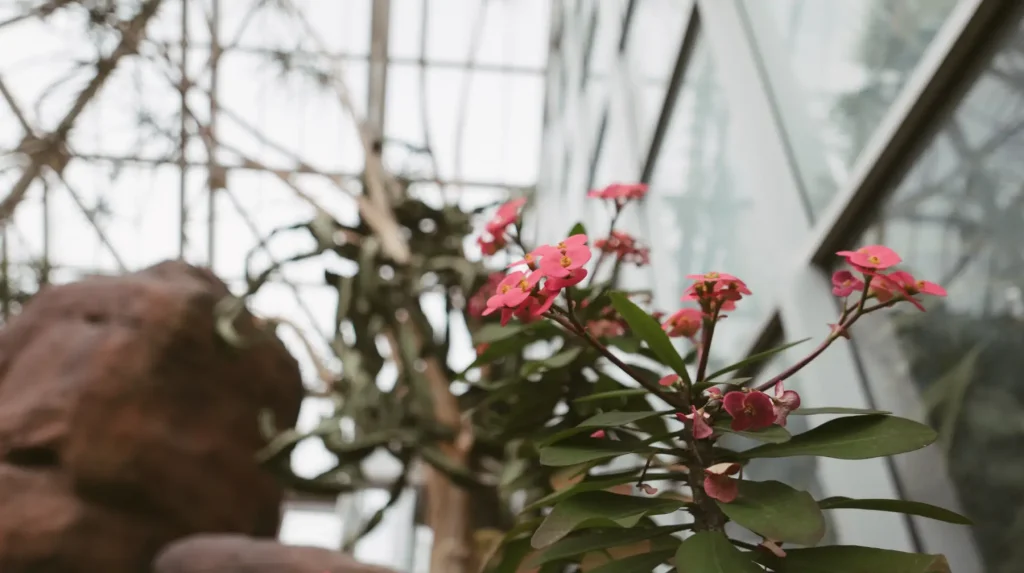
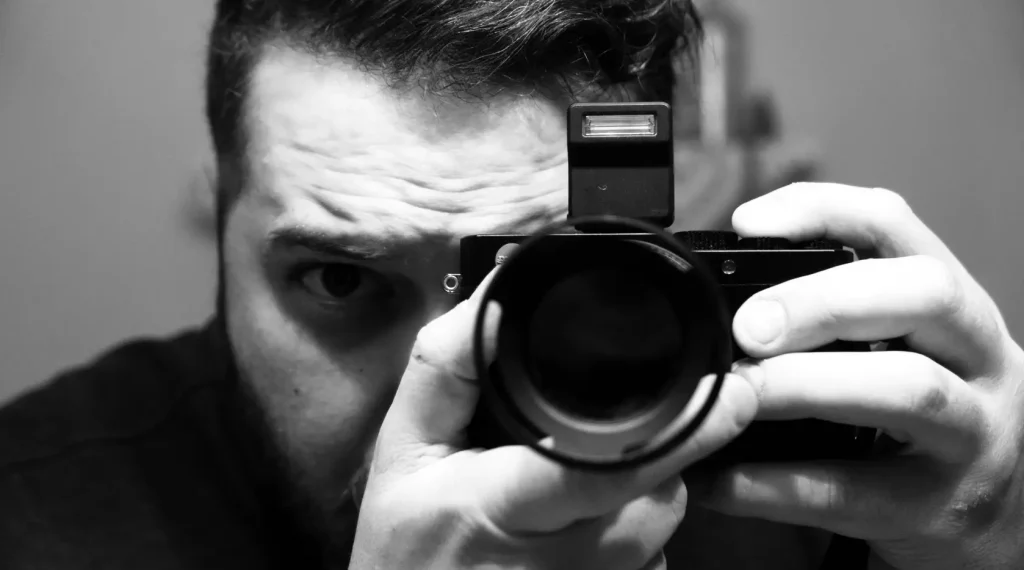
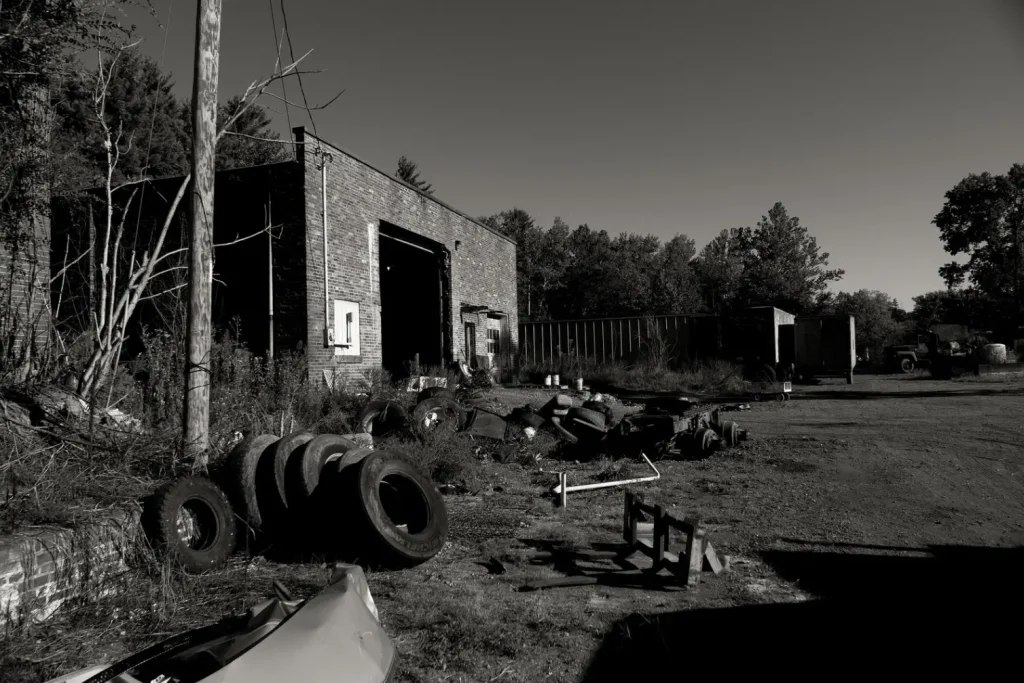
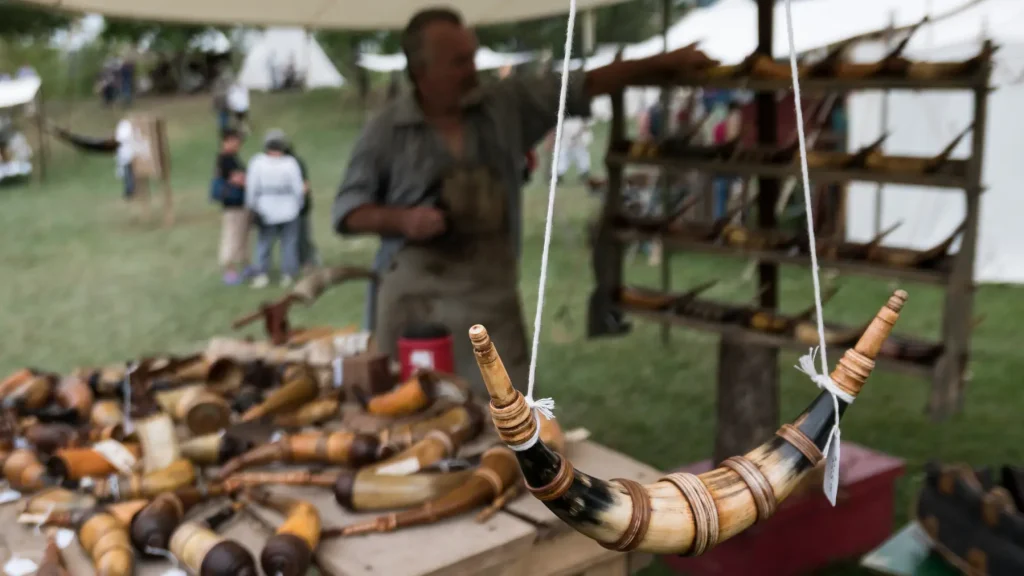
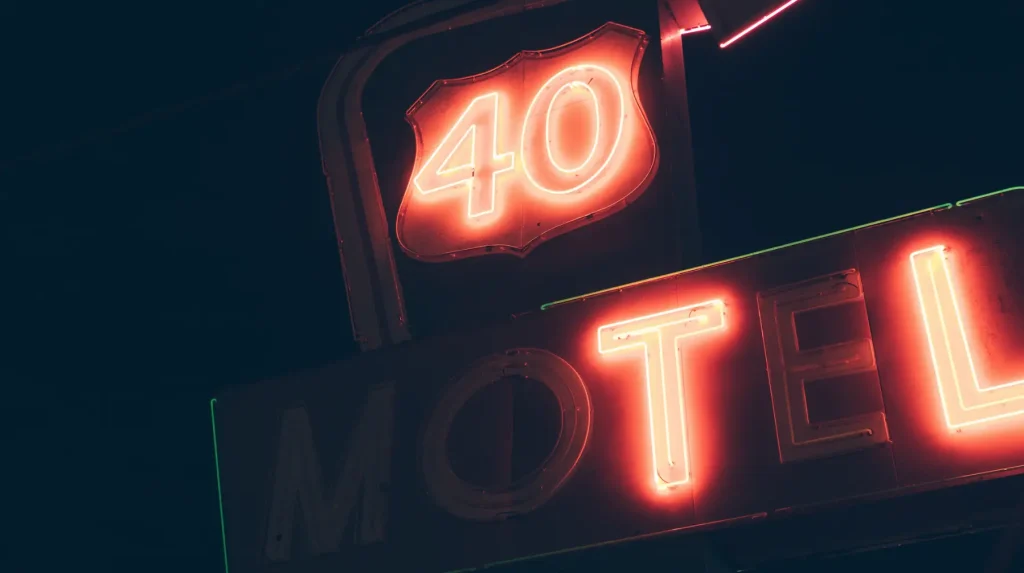
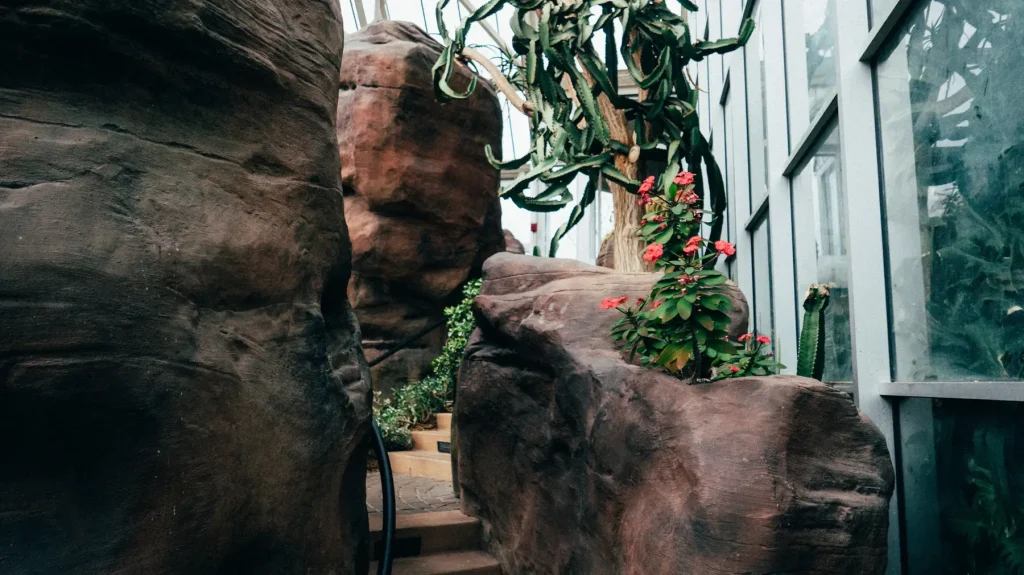

Final thoughts…
I’ve shot my Leica D-Lux (typ 109) mostly in 24mm, 35mm and 75mm and in the aspect ratio 16:9. I have been consistently very impressed with the camera as a fantastic back up or daily carry. It’s the first digital compact with a variable zoom lens I’ve ever used and been nearly completely happy with.
I’ve even shot a few gigs with it as my only camera, including one that required constant flash use and much to my surprise the camera did very well. I would even go so far as to say if I had to do so, I could shoot the bulk of a wedding with this little fella. I’ve shot the D-Lux in rainstorms, snowstorms, summer heat and on a tripod connected to my phone to snatch shots of birds landing on a fence, in every instance, it performed well.
So would I recommend this camera? Yes. I absolutely would. If you’re looking for a versatile backup or compact digital camera this is an absolutely wonderful option. On the surface, it’s dated, at only 12 effective MP and it’s not the newest tool in the shed, but you can get a decent deal on one in very good shape used and it’s hard to find anything this small that’s also this good. Very often compact size means compromise, which isn’t the case here.
Ultimately, I would say that the Leica D-Lux (typ 109) either meets your needs or it doesn’t. But if it doesn’t, it isn’t because the camera doesn’t deliver.
Thanks for reading! Remember you can hit me up on Twitter or in the comments below if you have any questions
– Jef
Note: I’ve shown the D-Lux in the top image with a focus ring from TAAB, as well as their leather wrist strap. I also added an after market filter thread lens hood. The flash pictured is the included Leica brand flash. – Jef
Share this post:
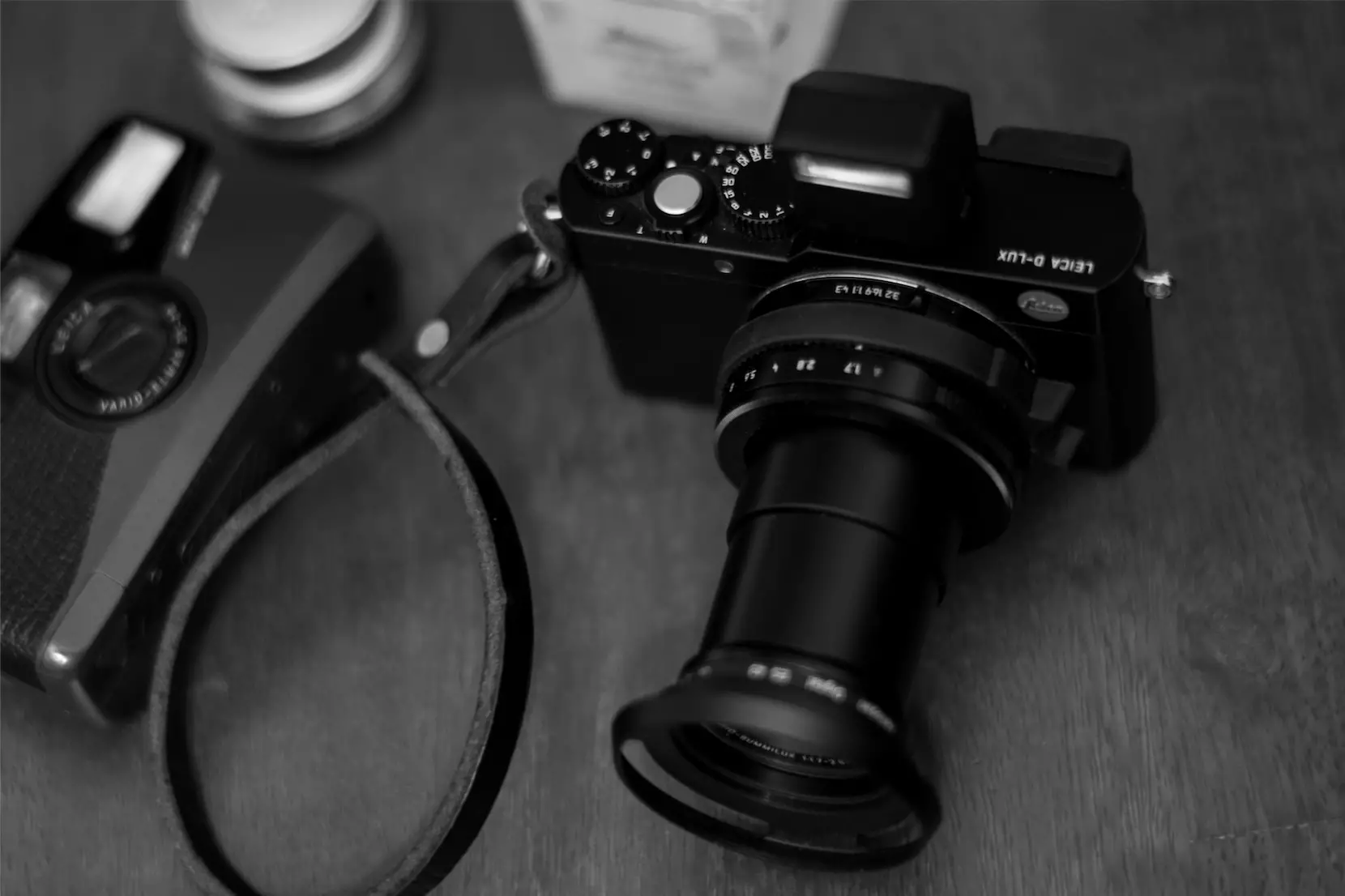








Comments
Steve on Leica D-Lux (typ 109) Review – serious digital compact? – Jef Price
Comment posted: 08/04/2017
Comment posted: 08/04/2017
Comment posted: 08/04/2017
Terry C on Leica D-Lux (typ 109) Review – serious digital compact? – Jef Price
Comment posted: 08/04/2017
Comment posted: 08/04/2017
Comment posted: 08/04/2017
TK on Leica D-Lux (typ 109) Review – serious digital compact? – Jef Price
Comment posted: 09/04/2017
Comment posted: 09/04/2017
Comment posted: 09/04/2017
Comment posted: 09/04/2017
Comment posted: 09/04/2017
Comment posted: 09/04/2017
Comment posted: 09/04/2017
TK on Leica D-Lux (typ 109) Review – serious digital compact? – Jef Price
Comment posted: 26/04/2017
Comment posted: 26/04/2017
Keith Trumbo on Leica D-Lux (typ 109) Review – serious digital compact? – Jef Price
Comment posted: 22/09/2017
Can you tell me which size of the 3 TAAB Focus Rings did you order? Thank you.
Regards, Keith Trumbo
Comment posted: 22/09/2017
Manu on Leica D-Lux (typ 109) Review – serious digital compact? – Jef Price
Comment posted: 22/09/2017
Comment posted: 22/09/2017
Ella on Leica D-Lux (typ 109) Review – serious digital compact? – Jef Price
Comment posted: 03/10/2017
GREAT revive. I am thinking of buying this camera to replace my old Canon 450D, I am looking for something smaller. Do you think it is possible to use the Leica D-Lux in a manual mode? The thing I like is to be able to push the settings manually. Thanks in advance. x
Comment posted: 03/10/2017
Ted McDonnell on Leica D-Lux (typ 109) Review – serious digital compact? – Jef Price
Comment posted: 23/10/2017
Comment posted: 23/10/2017
AWHY on Leica D-Lux (typ 109) Review – serious digital compact? – Jef Price
Comment posted: 06/02/2018
Comment posted: 06/02/2018
Peter Boorman on Leica D-Lux (typ 109) Review – serious digital compact? – Jef Price
Comment posted: 05/04/2018
.
The typ 109 is a very enticing thought with that bigger sensor and a few more external controls - though I can't really see myself finding the money for what to me would be only a relatively small upgrade.
.
I like the multi-format sensor concept: it makes a huge amount of sense and, having experienced it on an earlier (Panasonic) model in the line that I advised a friend on, it was one of the attractions for me. The idea that the angle of view for a given focal length is kept consistent across other aspect ratios (except, sadly, 1:1) relates to the diagonal angle of view. That means that the horizontal angle of view at the 24mm (equivalent) setting on 16:9 is roughly the same as the horizontal angle of view of a 21mm (equivalent). 21mm is a focal length I really like (my Ricoh GR21 really sold me on it) and I find that that 24mm/16:9 really 'works' for me.
.
The discreet all black livery, better warranty, free Lightroom, and seemingly nicer jpegs with the Leica version were part of why I went for that over the Panny. The other reason was I actually found the small square buttons on the Leica felt better to my hands than the tiny, round, silvery ones on the Panny - a minor point, maybe, but with this sort of machine, handling is very important.
Comment posted: 05/04/2018
Walter Gustafson on Leica D-Lux (typ 109) Review – serious digital compact? – Jef Price
Comment posted: 23/04/2018
Steven on Leica D-Lux (typ 109) Review – serious digital compact? – Jef Price
Comment posted: 12/05/2018
Steven
Comment posted: 12/05/2018
Emanuelly on Leica D-Lux (typ 109) Review – serious digital compact? – Jef Price
Comment posted: 13/08/2018
Matt Byrne on Leica D-Lux (typ 109) Review – serious digital compact? – Jef Price
Comment posted: 02/11/2018
will always appeal to me. For many years my Canon G10 provided this role. This summer I've branched out with an X100F and seeing it mentioned in the comments says a lot about how many people seemingly like a smaller camera that can hold its own. I've just replaced my G10 with a Sony RX100iii with the 24-70 f1.8-2.8 and reading this review of the Leica highlights a few similar things in regards to stepped focal lengths and manual control of focus if need be. It takes a decent enough image to sit in my work bag for impromptu shots out on the road and means I don't have to risk the Fuji getting wear - boy does that feel like a camera to get precious about. I adore it.
Comment posted: 02/11/2018
Eric N on Leica D-Lux (typ 109) Review – serious digital compact? – Jef Price
Comment posted: 03/11/2018
Comment posted: 03/11/2018
Des McSweeney on Leica D-Lux (typ 109) Review – serious digital compact? – Jef Price
Comment posted: 29/11/2018
All the best
Des
Dezi C. on Leica D-Lux (typ 109) Review – serious digital compact? – Jef Price
Comment posted: 01/01/2019
KL Agustin on Leica D-Lux (typ 109) Review – serious digital compact? – Jef Price
Comment posted: 17/02/2019
victor on Leica D-Lux (typ 109) Review – serious digital compact? – Jef Price
Comment posted: 12/04/2019
LOCKED AWAY: THE ROSEVILLE PRISON on Leica D-Lux (typ 109) Review – serious digital compact? – Jef Price
Comment posted: 23/09/2019